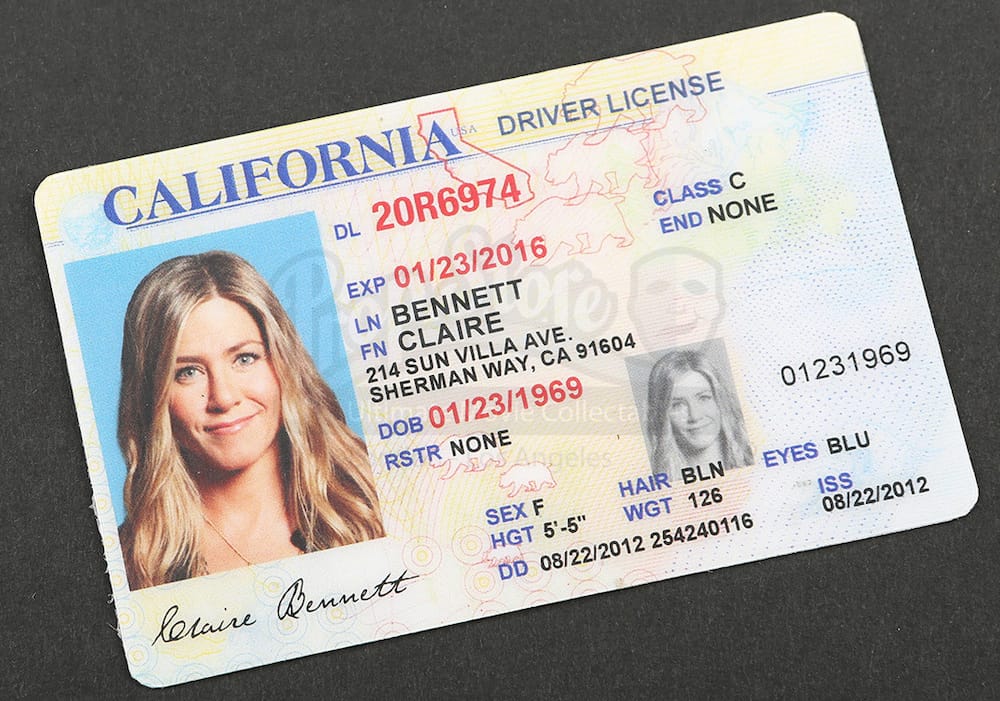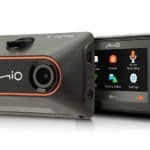Are you planning to establish residence in the USA? Maybe you intend to apply at a US University? In both cases, your foreign driver’s license won’t be as convenient as a US driver’s license.
This article will guide you step-by-step in the process of how to get your driver’s license in the USA. Read on:
Step 0. Understanding the united states laws
Before diving into the topic at hand, it’s crucial to know how the USA laws work. The United States has Federal laws and State laws. Federal rules apply nation-wide, while state laws as you may guess only apply within the state’s jurisdiction. Why is this important? Because regulations, requisites, laws, fees, and driving rules, are not the same from one state to another.
So step “zero” is visiting the specific Department of Motor Vehicles (DMV) of the state you plan to apply for your driver’s license.
Step 1. Getting the required documentation ready
As explained above, each state has its own regulations. Make a list of the necessary information before going any further. For your reference, most states will ask you the following documentation:
- Your birth certificate.
- A valid visa that justifies your stay in the USA.
- A utility bill or any other way to proof your living address.
- US Social Security Number, or proof that you are not a resident and don’t have one.
- A valid passport and/or an identification that includes your picture, complete name, and date of birth.
- A valid International Driving Permit (IDP).
- A passport picture.
Besides the usual documentation, you will need filling out a state-specific application and pay the corresponding fees for the written and practice tests.
Step 2. Taking an eyesight test
In order to get your driver’s license in the USA, you should have a good vision. Passing a standard eyesight test is something expected by most transit departments. Usually, you can make this test at the local DMV office or, depending on the state regulations; you may get a medical certificate from an optometrist.
Step 3. Reporting other health conditions that may affect your driving
The obligation of reporting other health conditions that may affect your driving will entirely depend on the state regulations. Our suggestion is contacting the local DMV office and asking about this point.
Step 4. Regarding reciprocity agreements
Some countries like Canada, France, Germany, South Korea, Taiwan, and Japan, maintain reciprocity agreements with the United States that may benefit you. These agreements let you exchange your foreign driver’s license for an equivalent local US driver’s license without taking the theory or practice test. However, since each state has its own regulations the eligibility for this benefit should be consulted with the local DMV.
Step 5. Taking the theory test
Even if you are an experienced driver, you will need to pass a comprehensive written test in order to get your driver’s license in the USA. It’s really important that you remember what was said in step “zero”, each state has its own expectations regarding this test. Our suggestion is to buy the local DMV handbook and take an online practice test before booking this theory test.
The typical theory test is timed and consists of 50 questions regarding the following topics:
- Traffic signs
- Traffic rules (local laws and regulations)
- Essential driving skills
- Safety during driving
Passing the written test is obligatory; you won’t be able to book the driving test unless you obtain your theory test certificate. If you fail this test, you may need to wait a few days (or weeks) before retaking it. Be aware that failing this test more than once may force you to start the process all over again. That’s why we suggest taking the online test to build-up your confidence and give you a clear idea of what kind of questions you may encounter.
Some states allow you to take this test in your local language. Contact the local DMV office for detailed information.
Step 6. Taking the driving test
Once you passed the theory test, you can schedule your practice exam. The waiting time from one test to another varies from days to weeks depending on the state and city. It’s recommended to ask beforehand if it’s expected to use your own car for this test.
Depending on the DMV facility the practice exam may take place on public streets, a closed course of both. During the driving test, the DMV instructor will ask you the typical safety questions as well as evaluate your skills in several situations:
- Use of seat belt.
- Use of turning signals.
- Compliance with traffic signals (especially STOP signals and traffic lights).
- Driving skills in urban traffic.
- Knowledge of traffic signals.
- Driving skills while parking.
- Reversing skills.
- Knowledge of car instruments.
Usually, the instructor will tell you the results as soon as the test is finished. Similar to the theory test, if you fail the practice exam you may need to wait a few days or weeks before taking a new one. Additional fees may also apply.
Step 7. Getting your temporary license
At this point, you should have summited the necessary documentation and passed the written and practice test. Most DMV offices will give you a temporary permit valid for 30 to 90 days. This license will be valid while they mail you your full driver’s license to your address.
What to do next?
Congratulations. In the United States, a full driver’s license can be used as a valid form of identification. Most are valid for 4 to 8 years depending on the state. The renewal process is far easier once you got your first license.
Now that you can legally drive in the USA our recommendation is to focus on your car by:
- Registering the vehicle with the local DMV authority.
- Contracting a valid car’s insurance.
- Paying all car related taxes applicable in your city.



